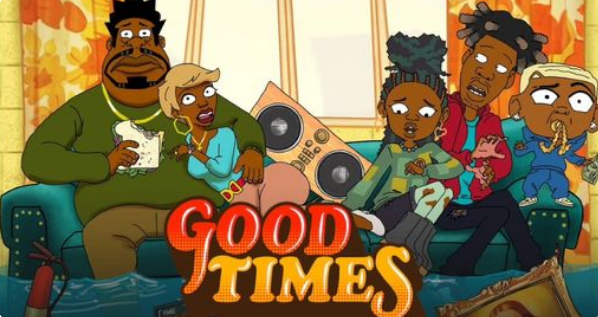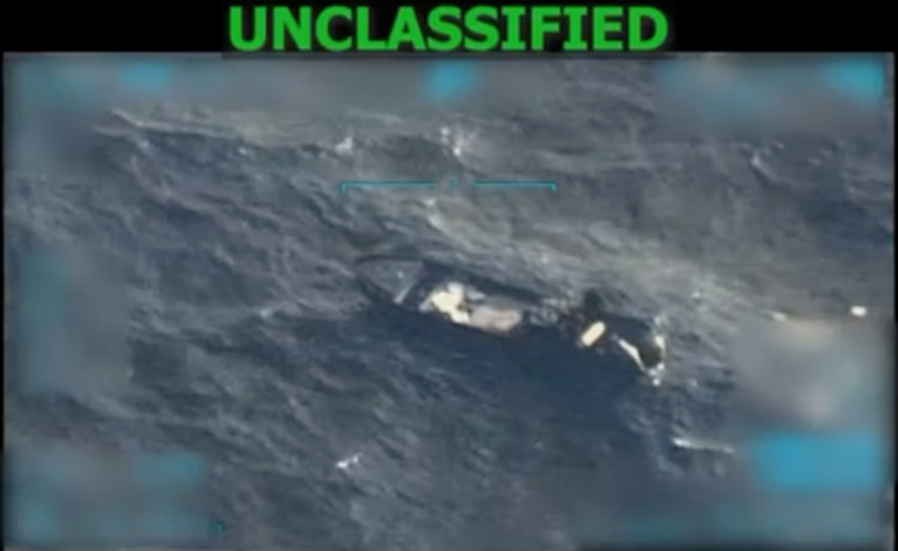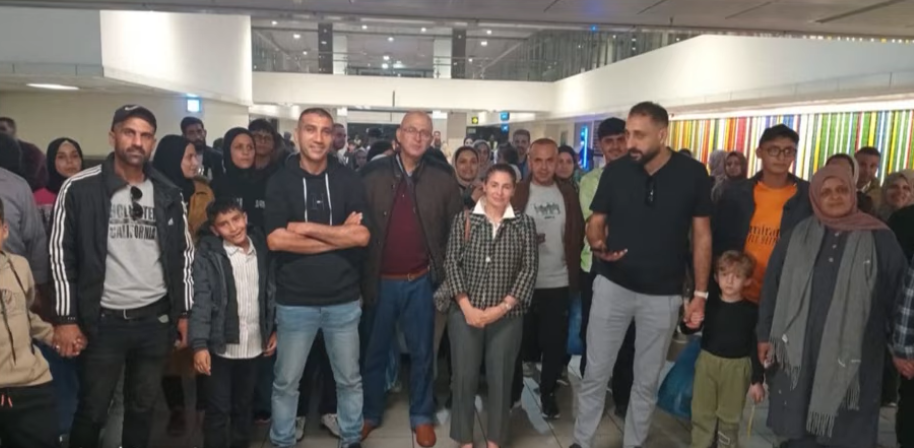[Book Review]
Book by the late Ms. Caroline Lamwaka (1963-2006)
“There was no way I would have survived if I had not left, because the RPG (Rocket Propelled Grenade) virtually scorched the room” a quote from the book.
“There was a great deal of anti-northern rhetoric within the NRA/M, followed by a general wave of anti-northern sentiments among the various ethnic communities in central, southern and western Uganda” another quote from the same book.
GULU-UGANDA: “When you see me, don’t touch me,” is an opening sentence in the introduction of a book titled “The Raging Storm” which was written by a young female war reporter, the late Ms. Caroline Lamwaka. Ms. Lamwaka was born on the January 1, 1963 but died on March 5, 2006 from St. Mary’s Hospital Lacor. She was one of the brave female journalists who witnessed and covered series of armed conflicts which engulfed Northern Uganda between 1986-2005; for the State-owned New Vision newspaper.
The man who edited the 643-page book, Mr. Ronald Atkinson, a Senior Research Fellow at the University of South Carolina, was quoting, in the introduction, a telephone conversation he had with Ms. Lamwaka who was calling from Gulu on November 17, 2000. He stressed that Ms. Lamwaka passionately emphasized “When you see me, don’t touch me”. Ms. Lamwaka had rushed to Gulu from her work station in Kampala to cover the outbreak of the outbreak of the extremely contagious and often lethal Ebola virus in October 2000 which claimed a total of 173 lives in Gulu district. The number included medical workers, among them the then Medical Superintendent of St. Mary’s Hospital Lacor, Dr. Mathew Lukwiya, who succumbed to the deadly hemorrhagic fever on Tuesday December 5, 2000.
Before his death on that fateful day, Dr. Lukwiya was quoted by his colleagues at Lacor Hospital to have said, before he breathed his very last: “Oh, God. I think I will die in my service. If I die, let me be the last”
By saying “when you see me, don’t touch me”, Ms. Lamwaka could have been warning Mr. Atkinson on the danger and risks in coming in close contact with her as a journalist covering the situations in northern Uganda at that time. It was not just wars, but also the new Ebola outbreak. Despite the risks of operating from the northern part of Uganda, in the midst of upheaval, Ms. Lamwaka was determined to sacrifice her own dear life in order to tell the story to the international community. For her, the safety of others was most significant at a critical time that handshakes were prohibited.
Indeed there was a storm “raging” at the time. Divided into 16 chapters, Ms. Lamwaka in her book integrated her personal accounts based on her years of experience and time on the ground as a war correspondent to other information she drew from fellow journalists and secondary academic sources. For the chapters covering the time periods before or after 1986-2005, Ms. Lamwaka relied heavily on extensive interviews, both in Kampala where she was often based, and field research in Acholi, Lango and Teso sub-regions – primarily the epicenter of the wars between Gen. Yoweri Museveni’s military and various rebel groups.
Chapter 2 deals with the political history of Uganda, mainly focusing on successive post-colonial administrations prior to the 1986 takeover which brought Museveni to power, and the violent demise of each administration. It also has a few pages on colonial economic practices and stereotypes that privileged the south and characterized people from the northern part of the country as allegedly being better suited to be soldiers.
Chapters 5-8 and the bulk of chapter 10 cover her period as an on-the-ground war correspondent in Acholi (from December 1986-1993) in which she details how some of the worst atrocities that unfolded and the last portion of chapter 10, which covers the period from 1993-1997, is based on follow-up research trips to the region.
These chapters are rich in detailed information that cannot be found anywhere else. They also afford insight into Ms. Lamwaka’s professional integrity as well as her personal commitment and involvement in the events of this period, often accompanied by considerable costs and risks.
While chapters 12 and 13 are essentially narratives of the chronological events covering the period from the late 1990s to 2001, chapter 14 deals with some of the effects of the war on health and education and the Ebola outbreak in Gulu. Chapter 15, which is the longest chapter in the book, discusses the various attempts at peace negotiations to end the war, in 1988, 1999 and the 2005. The book ends with the government’s all-out assault on rebel fighters in what it coined “Operation Iron Fist” and the rebel’s vicious retaliations against civilian soft targets in response.
Much has changed in this mineral-and-resource-rich but neglected northern part of Uganda since Ms. Lamwaka wrote the last chapter of her account, most importantly the end of the long and costly wars that is described so compellingly in this book. It was followed by a slow, halting, and difficult emptying of the government-created concentration camps in the region and a post-conflict transition that is still underway.
Unfortunately, death robbed this courageous journalist the opportunity to witness or cover the 2006 Juba Peace Talks that would end the vicious cycle of war she passionately covered. The talks mediated by the now ousted South Sudan Vice President Riek Machar, led to the much anticipated July 2006 cessation of hostility agreement signed between the government of Uganda and the rebel Lord’s Resistance Army (LRA) in Juba, South Sudan.
Although the talks were painstakingly difficult and contentious, by February 2008, it had produced a “Final Peace Agreement” which was endorsed by both delegations. However, distrust, disagreements about the process and the wild card of outstanding arrest warrants that had been long issued by the International Criminal Court (ICC) against top rebel commanders including Joseph Kony would haunt the process forever.
The final blow to getting permanent peace in the region came in December 2008 when Gen. Museveni’s military, the Uganda Peoples’ Defense Forces (UPDF), attacked the LRA camps in northeastern Democratic Republic Of Congo where the rebels had gathered during the peace talks. Kony, distrustful of Museveni, had failed to add his signature to the final Peace Agreement on several occasions.
This attack began what was to become a protracted expansion of the LRA conflict to foreign territories as the group scattered in disarray over large swathes of northeastern DRC and adjacent areas of south-eastern Central African Republic (CAR). To date, although a spent force, they remain hiding and committing atrocities there. The U.S. recently, under the new Donald Trump administration, abandoned its involvement in any search for Kony. Reportedly the UPDF also committed atrocities against civilians in CAR.
Meanwhile in this northern part of Uganda, by 2009-2010 the gradual process of people leaving the concentration camps had largely concluded. Given the poverty and deprivation caused by camp life, the vast majority of the people feel that the only productive asset they own is the vast virgin land, although accessing such land has resulted into new land right conflicts as regime-affiliated officials are also reportedly scheming to sell land to foreign investors.
It is sad that Ms. Caroline Lamwaka did not live to see this book’s publication. Equally sad was that she didn’t live to see the guns silenced in this northern part of Uganda.
The Raging Storm, Fountain Publishers, December, 2016.






